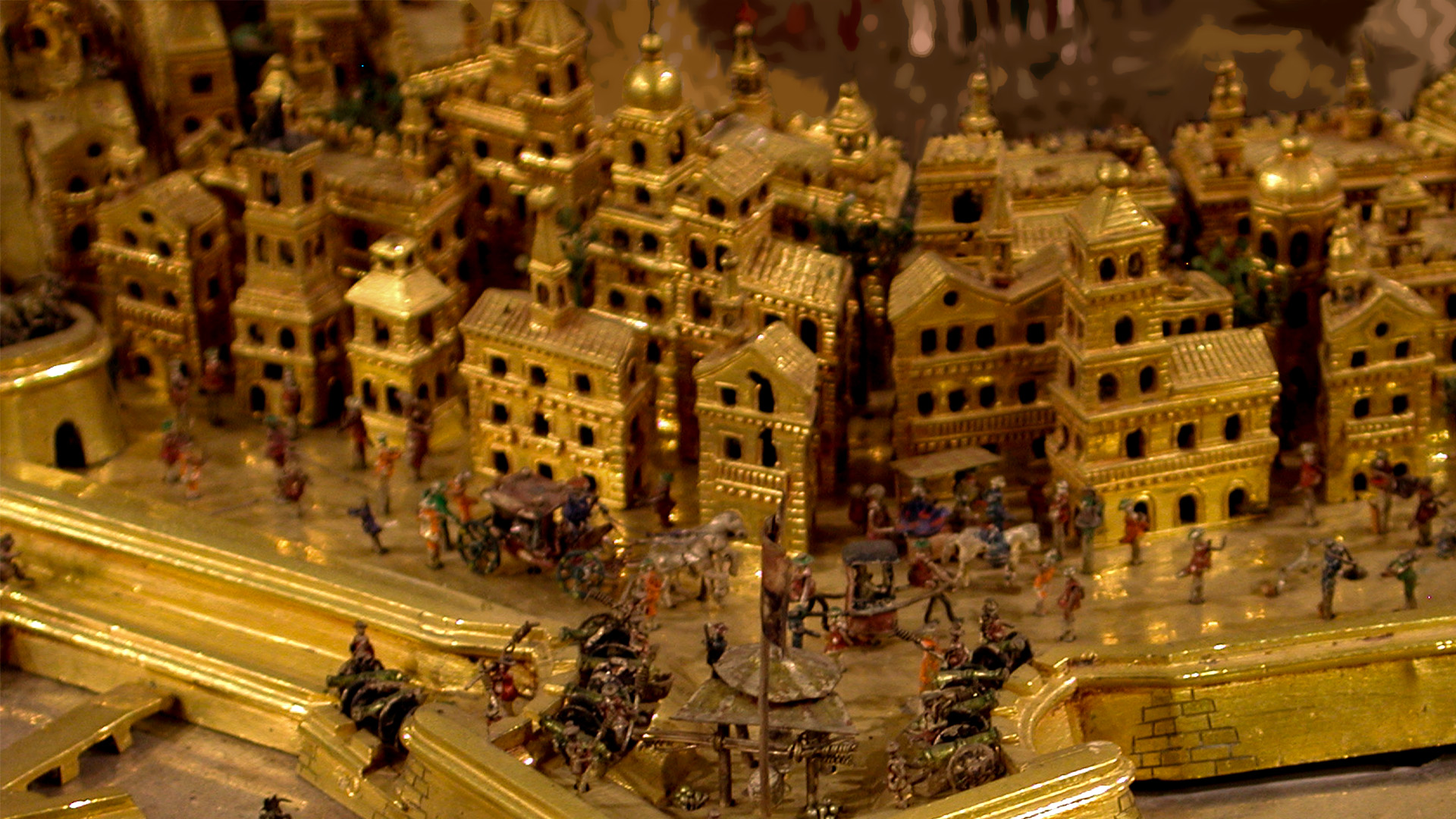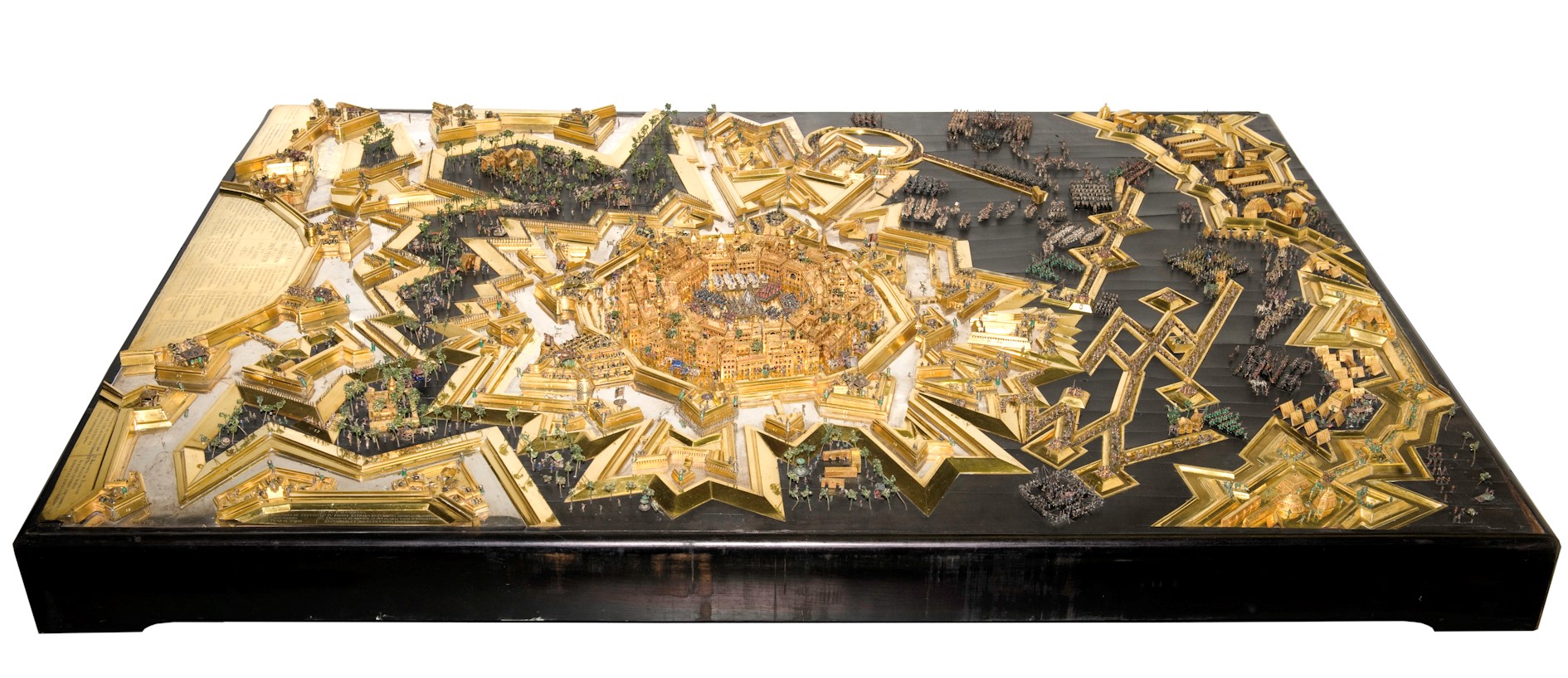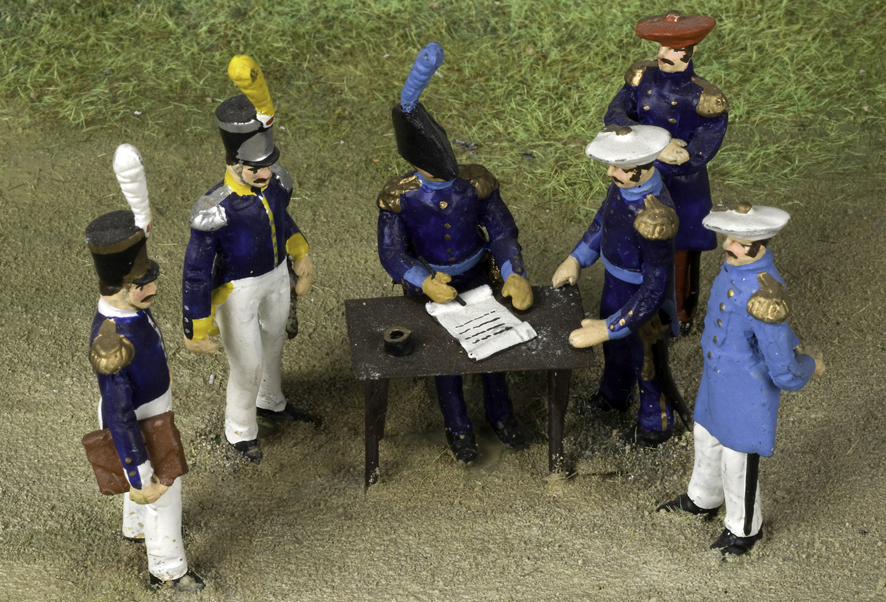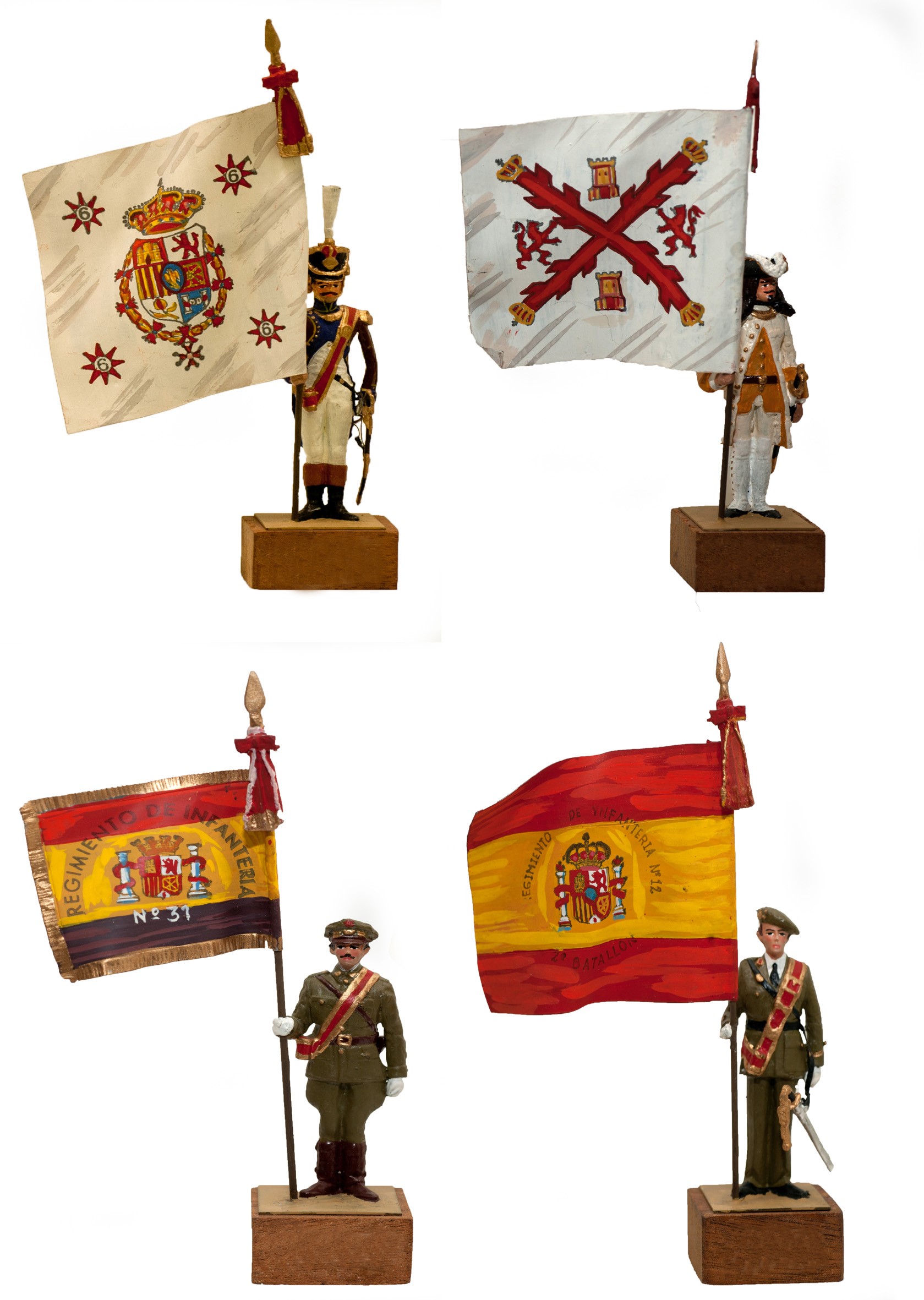

You know something? This model has 20 bastions and fortified towers, 83 buildings, 5 forts, a central square and streets with market stalls and shops and carts and carriages going along them. There are also models of men, women, and children, even dogs and ducks!

This model was given to the Artillery Museum (which is what the Army Museum used to be called) in 1841. It came from the Cabinet of Antiquities of the Royal Library (now the National Library of Spain).
In models like this one, there are usually miniature pieces of different characters. Speaking of miniatures... Did you know that the Army Museum also has a fantastic collection of miniatures and soldiers? Guess how many pieces there are in our Miniatures Room. 40,000!
Miniatures like these have been made since the 18th century. First,they were made of paper and, later, of metals like tin. The figures used to represent soldiers and armies, which is why they are traditionally called tin soldiers. It is also because a famous 19th century fairy tale writer, Hans Christian Andersen, made them very famous with his story The Tin Soldier.
These tin soldiers or miniatures have had many functions, as toys, or things to collect... In any case, miniatures also show us the different armies of different countries and times. Their uniforms, their weapons or even their flags.

The museum has an exhibit of 25 tin miniatures showing the development of the Spanish flag in different periods of history.
